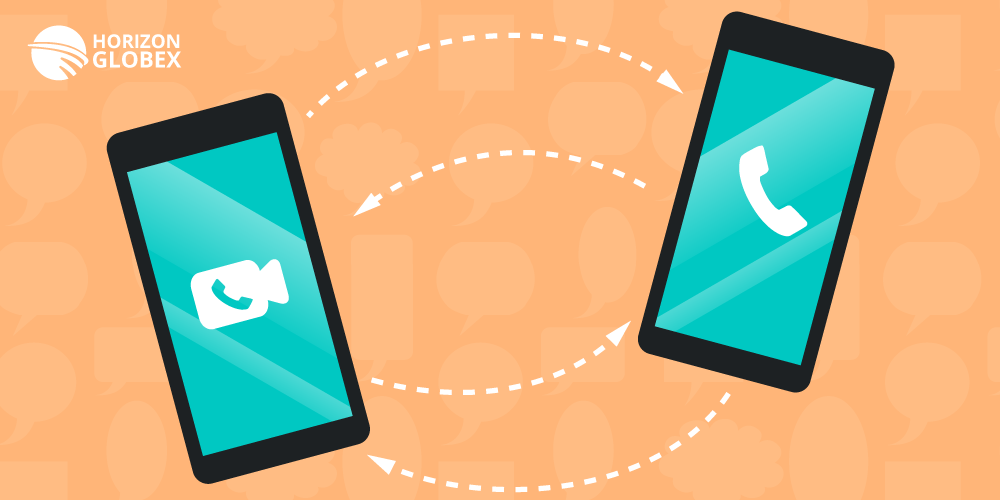By Sandra Quinn
Ping, Ping, Ping – this is the soundtrack to most people’s days, as alerts come into their smart phones for messages, voicemails, missed phone calls, emails, app notifications and battery alerts.
As the smartphone plays more of a prominent role in things like the office, keeping up to date with industry and business trends and in many ways allowing people to bring their work with them, we sometimes forget the role of communication in keeping all of us connected in a more meaningful way in our personal lives.
Many families and loved ones see each other every morning before their day begins, they might exchange a few messages or calls in the middle of the day and then they will be re-united again that evening.
For these people, they could feasibly live without the communication during the day, without drawing any dramatic changes into their lives, although they may sometimes end up without that bread or milk, which could have been picked up in the shop on the way home.
However, in many places, such as the Philippines, people have to leave their homes for work and may only see their families a few times a year.
Statistically, about 10% of the Filipino population, which represents about 10 million people, have worked outside of the Philippines, while one in three Filipino homes has a family member working overseas (source: http://factsanddetails.com/southeast-asia/Philippines/sub5_6g/entry-3918.html).
It is companies like Horizon Globex (with operations in Ireland, Switzerland and the UK) with their VoIP technology who are keeping these families connected with innovative Roam Like Home options, meaning that the families can stay in touch without paying sometimes exorbitant roaming fees.
When one parent is away from the family unit for extended periods of time, the phone is one of the most reliable ways to keep in contact.
Things that were done face-to-face at the kitchen table every day are now still done, but with a video call instead.
This means that the parent who is away is not missing out on things like catching up on their child’s day at school, reading a bedtime story or seeing the family all together at the end of the day.
The apps are not just allowing people to communicate – they are keeping families together while they are so far apart.

